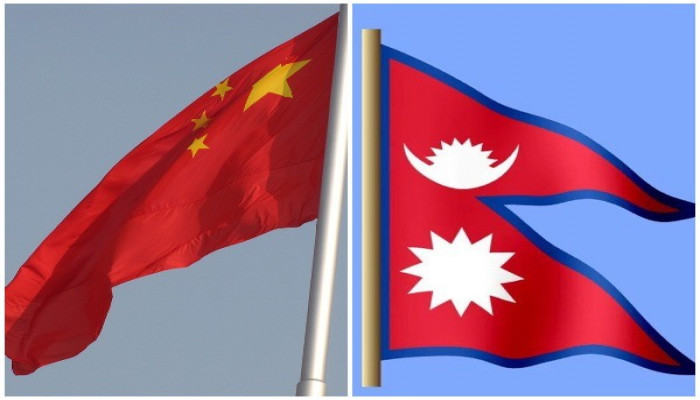Tibetans take to self immolation to protest against China
- In Military & Strategic Affairs
- 08:19 PM, Apr 09, 2022
- Myind Staff
A wave of self-immolations has gripped Tibet in the recent past. Since 2009, 159 Tibetans have self-immolated, in protest against China’s takeover of their homeland. A fellow 24-year old Kirti Monk, Tapey was the first monk to self-immolate in Tibet’s modern history on February 27, 2009. Before this wave the last known self-immolation protest was of Yonten protest on 26 November 2019 in Ngaba against Chinese rule in Tibet and its hardline policies against the Tibetans.
Recently, Tseqang Norbu a young, 25 years old popular Tibetan singer chose the path of self-immolation in front of Potala Palace in Lhasa on 25th February 2022. He died in the People’s Hospital of in Tibet’s capital of Lhasa in first week of March 2022, as told by reliable sources to International Campaign for Tibet (ICT). In the wake of security measures adopted by Chinese authorities to conceal Norbu’s death and past state practices toward Tibetan political activists, in all probability his body was not returned to his family and instead cremated secretly. The city of Lhasa was put under tight control to conceal Tsewang’s death to the world.
Recently, effective bans were imposed on the study of the Tibetan language in favour of Mandarin Chinese as the primary language of instruction, an attempt to reshape Tibetans linguistic and educational environment. Nomads, who lived on the grassland for centuries, were subjected to forced resettlement, reshaping longstanding cultures and lifestyles. The Chinese government organized an influx of Han Chinese migrant workers into Tibet, radically reshaping the region’s demographics. Added to all of this was widespread environmental degradation, adversely impacting region’s ecosystem. However, these policies have been rationalized by the Chinese state as “development”, completely overlooking the pervasive sense of concern about the preservation of Tibetan identity produced by these policies.
There have been attempts to explain the 2008 unrest in Tibet as the reflection of the socio-economic challenges and contradictions facing China as a whole on the path of modernization by “new leftist” miasma and presents Tibet as another Chinese province, drawing attention away from the longstanding ethnic-national tensions that are central to any substantive understanding of the “Tibet question”. But, issues in Tibet are needed to be looked in a broader framework, different from what China propagates.
Self-immolation though an extreme act, but is a mean to highlight opposition when no other peaceful means are available. It is ironical that in terms of English and Chinese both give undue priority to the notion of the self, while the act of self-immolation itself is directed toward broader, collective and even inherently selfless causes notes Tsering Woeser in her study of self-immolation in Tibet. At the same time, Tsering Shakya observes that the act itself cannot begin to be explained by individual motivations and is inevitably a social act directed toward collective causes beyond the self, which is destroyed in this act of protest.
Self-Immolations have become central to the Tibetan protest movement as an act to draw global attention to Chinese policies in Tibet more so in the complete absence of ‘freedom of speech and protest in Tibet’. The analysis of the social and political situation suggests that any substantive attempt to bring an end to self-immolations must begin by addressing precipitating factors producing this response. These flames, illuminating the current situation in Tibet, inspiring courage and unity in Tibetan communities, must also encourage further contemplation, discussion, and indeed action from all the countries, particularly the US, EU and Africa, who believe that there can be other, more viable options for the Tibetan people’s future. The international community needs to respond in the same fashion as it did to Ukraine and the Arab Spring.
Image source: ANI
Disclaimer: The opinions expressed within this article are the personal opinions of the author. MyIndMakers is not responsible for the accuracy, completeness, suitability, or validity of any information on this article. All information is provided on an as-is basis. The information, facts or opinions appearing in the article do not reflect the views of MyindMakers and it does not assume any responsibility or liability for the same.







Comments